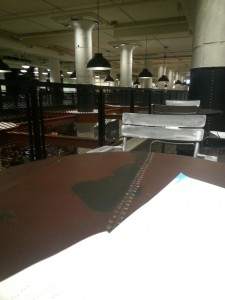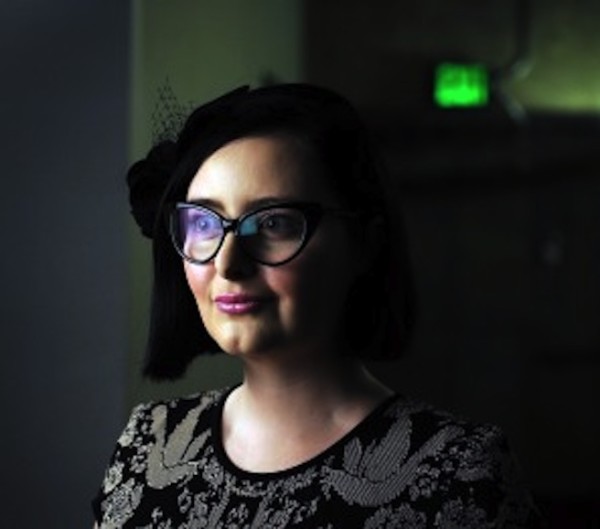In her essay “Understanding Visual Rhetoric in Digital Writing Environments”, Mary E. Hocks discusses how digital environments are designed with features like “audience stance, transparency, and hybridity” (629). The ” visual and interactive nature of native hypertext and multimedia writing” (629) makes it difficult for scholars to distinguish words from visuals, as Hocks suggests “Interactive digital texts can blend words and visuals talk and text, and authors and audiences in ways that are recognizably postmodern (630). She references ” Gary Heba’s delineation of how html authoring mirrors rhetorical processes for composition” (630) and ” Patricia Sullivan’s arguments that expand our definitions of electronic writing to include graphics, screen design, and other media form” (630). The work of early professionals in “technical communication” that “demonstrated how rhetorical decisions impact the visual design of an online document or system” (630) alerted scholars to think about the visual aspect of writing. Anne Wysocki stated that “computer-based interactive media can now blend text and images so thoroughly that they are indistinguishable on the screen (2010)” (630). These arguments have convinced teachers to redefine what we consider to be writing. Hocks introduces the idea of interpreting new media as “hybrid forms” . As students we “look at artifacts such as online games or Web sites” (630) and we make “assumptions about gender, age, nationality, or other identity categories” (630). Hocks states that all writing is hybrid that “it is at once verbal, spatial, and visual.” (631). As interactive digital media has become a part of college writing courses, writing is now “internetworked writing”-writing that involves the intertwining of production, interaction, and publication in the online classroom or professional workplace as well as advocating for these rhetorical acts and, conversely, the one’s online audiences”(631). In online writing, teachers want us to recognize the “rhetorical features of these highly visual digital environments” (631). Hocks wants to highlight “key features of visual rhetoric”.

Source: www.liveadmins.com
She presents three terms Audience Stance, Transparency, and Hybridity to “describe how visual rhetoric operates in digital writing environments” (632). Audience Stance is defined as “The ways in which the audience is invited to participate in online documents and the ways in which the author creates an ethos that requires, encourages, or even discourages different kinds of interactivity for that audience” (632). Transparency is “the ways in which online documents relate to established conventions like those of print, graphic design, film, and Web pages” (632). Hybridity is ” The ways in which online documents combine and construct visual and verbal designs” (632).







